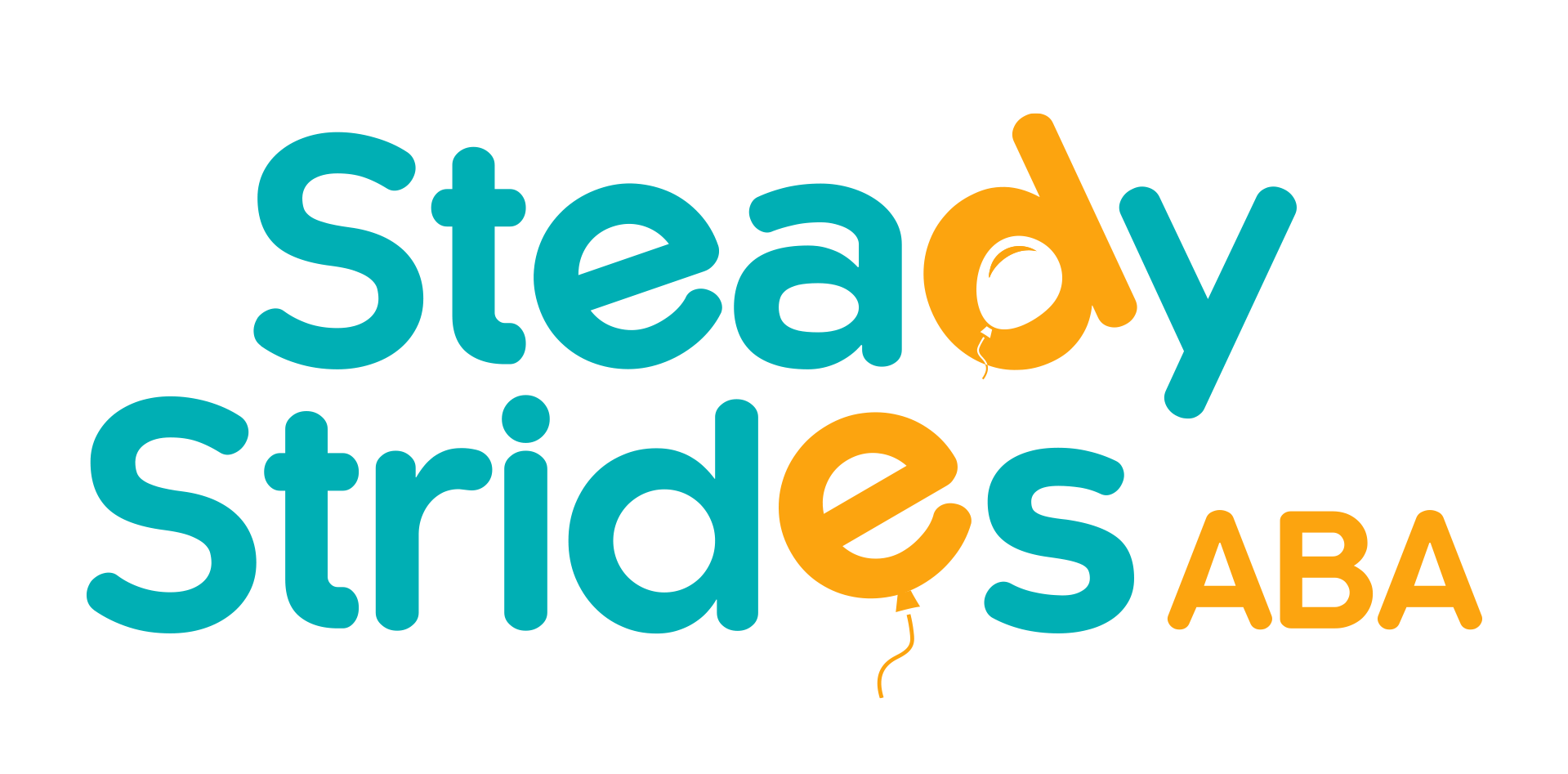In the field of Applied Behavior Analysis (ABA) therapy, Registered Behavior Technicians (RBTs) play a vital role in delivering high-quality services to individuals with developmental disabilities. But what exactly is an RBT, and what do they do? In this comprehensive guide, we'll explore the responsibilities, qualifications, and importance of RBTs in the ABA therapy process.
What is an RBT?
A Registered Behavior Technician (RBT) is a paraprofessional who practices under the supervision of a Board Certified Behavior Analyst (BCBA) or Board Certified Assistant Behavior Analyst (BCaBA). RBTs are trained to implement behavior intervention plans designed by BCBAs to help individuals with developmental disabilities acquire new skills and reduce challenging behaviors.
Responsibilities of an RBT
1. Implementing Behavior Intervention Plans
RBTs are responsible for implementing behavior intervention plans (BIPs) developed by BCBAs. This may involve conducting discrete trial training, naturalistic teaching, and other ABA techniques to teach individuals new skills and target specific behaviors.
2. Collecting Data
RBTs collect data on individual progress and behavior during therapy sessions. This data is used by BCBAs to evaluate the effectiveness of interventions and make informed decisions about treatment plans.
3. Assisting with Assessments
RBTs may assist BCBAs in conducting assessments, such as functional behavior assessments (FBAs), to identify the underlying causes of challenging behaviors and develop appropriate intervention strategies.
4. Providing Feedback
RBTs provide feedback to individuals and their families on progress and participation during therapy sessions. They may also collaborate with other members of the therapy team, such as speech therapists and occupational therapists, to ensure coordinated care.
5. Maintaining Professionalism
RBTs adhere to the Professional and Ethical Compliance Code for Behavior Analysts and maintain professional boundaries with clients and their families.
6. Implementing Behavior Reduction Strategies
In addition to teaching new skills, RBTs also play a role in reducing challenging behaviors. They implement behavior reduction strategies outlined in the behavior intervention plan to decrease problem behaviors and promote more adaptive alternatives.
7. Providing Support During Transitions
RBTs assist individuals with developmental disabilities during transitions between activities or environments. They may use visual supports, social stories, or other techniques to help individuals navigate transitions successfully and reduce anxiety or challenging behaviors.
8. Supporting Generalization and Maintenance
RBTs work to promote the generalization and maintenance of skills learned during therapy sessions. They may provide opportunities for individuals to practice skills in various settings and with different people to ensure that skills are generalized across contexts and maintained over time.
Qualifications of an RBT
To become a Registered Behavior Technician, individuals must meet the following requirements:
1. Minimum Education
RBT candidates must have a high school diploma or equivalent.
2. Training
RBT candidates must complete a 40-hour training program based on the Registered Behavior Technician Task List, which covers topics such as measurement, assessment, skill acquisition, behavior reduction, documentation, and professional conduct.
3. Supervision
RBT candidates must receive supervision from a qualified BCBA or BCaBA during their training and while practicing as an RBT.
4. Passing the Competency Assessment
RBT candidates must pass a competency assessment conducted by a qualified BCBA or BCaBA to demonstrate proficiency in implementing ABA techniques and procedures.
5. Passing the RBT Exam
After completing the training and competency assessment, RBT candidates must pass the RBT exam administered by the Behavior Analyst Certification Board (BACB) to obtain certification.
6. CPR and First Aid Certification
Many employers require RBTs to hold current certifications in cardiopulmonary resuscitation (CPR) and first aid to ensure the safety and well-being of individuals receiving ABA therapy services.
7. Background Check
RBT candidates may be required to undergo a background check as part of the hiring process to ensure the safety and security of clients and comply with regulatory requirements.
8. Continuing Education
After obtaining RBT certification, individuals must complete continuing education requirements to maintain their certification. This may include completing additional training courses, attending workshops or conferences, or engaging in self-directed learning activities to stay current with best practices in the field of ABA therapy.
Importance of RBTs in ABA Therapy
RBTs play a crucial role in the delivery of ABA therapy services and the success of individuals with developmental disabilities. Their hands-on implementation of behavior intervention plans ensures that individuals receive consistent and effective support to achieve their goals. Additionally, RBTs contribute to the collaborative efforts of the therapy team, working closely with BCBAs, families, and other professionals to provide comprehensive care.
Key Takeaway
In conclusion, Registered Behavior Technicians (RBTs) are essential members of the ABA therapy team, providing direct support to individuals with developmental disabilities under the supervision of BCBAs. Their training, skills, and dedication make them invaluable contributors to the progress and well-being of their clients. If you're considering a
career in ABA therapy or seeking ABA services for yourself or a loved one, the expertise of RBTs at
Steady Strides can make a significant difference in achieving your goals and improving quality of life.












